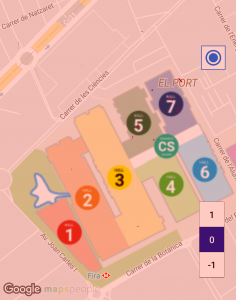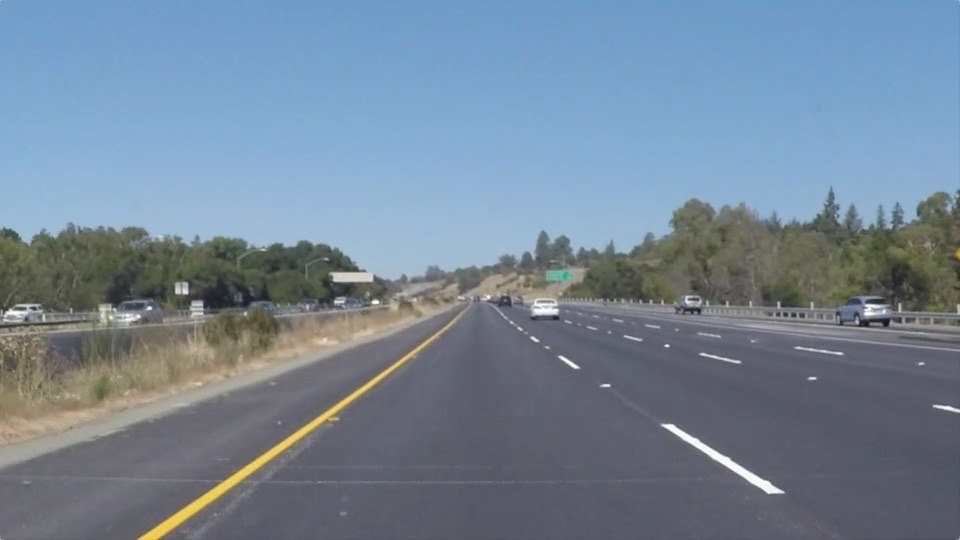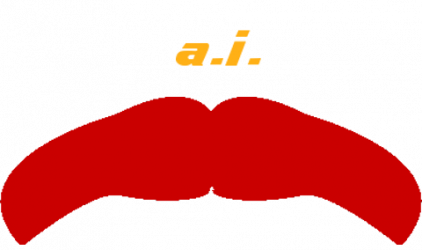
- Meeting with Small ePC vendors, possible participants of Small cell forum Private ePC plugfest (in the role of Small cell forum Interoperability chair).
- Status of DNN implementations
(Note: companies maybe didn’t bring the best they have, otherwise, it’s bad):
NXP had brought a range of radar chips, Lidar and ultrasonic chips. Sensor fusion is done in “blue box” powered by 4x ARM cores. (Implementation doesn’t seem perfect: Lidar doesn’t recognise all the people, and point cloud has artefacts, while camera recognises people where there are none.)
Vodafone had Huawei‘s demonstrator for 5G (and possibly autonomous driving) running car simulation in PlayStation 4 (it seems Huawei doesn’t like x86 technology – I wouldn’t be surprised if Huawei and Sony announce partnership – for microprocessor/GPU/sensors, as Huawei is cut-off from top US tech.) Car simulation was not good/ convincing – if autonomous driving algorithms were used (and simulation had road-works/ cyclists/ pedestrians…).
I observed a simulation similar to Huawei’s on Orange stand.
HP Enterprise seemed to have car simulator similar to what we used, based on Unity engine. (Again, the driving skills of algorithm/ human were suboptimal.) HP Enterprise doesn’t seem to have a device for SMEs (a mistake, I think – they should be called HP for big Enterprise)
Qualcomm had on their stand SnapDragon with DNN support through Adreno (GPU that Qcomm bought from AMD some time ago) manned by a Chinese person. A lonely stand, except for one more Chinese visitor – so the conversation was in Chinese. Ni hao. Not impressive (particularly in the light what other companies think about DNN on SnapDragon).
SQREAM (from Israel) had SQL developed for GPUs. Very good solution. They mentioned (and the similar strategy will be used by all other companies) that they can swap AMD for Nvidia, but will never maintain two separate product lines (for AMD and Nvidia GPUs). Claim was that AMD improved a lot, but they stick with Nvidia. (And this is likely how AMD/ Nvidia “war” will end-up.)
From Israeli stand, I got some indications how quick DNNs in mobile deployment, generally are.
- SDR
NI (National instruments) had a very nice 5G setup.
LimeSDR, Octasic, …
- I was introduced to James Tagg, the director of Penrose Institute in La Jolla (Sir Roger Penrose is the best physicist in the world, in my opinion). James is involved with two fascinating projects:
To predict when NN can fail (not clear if this is a computable problem) – Anyone who trained NN knows it can fail unpredictably – solution to this problem will help DNN deployments tremendously.
To prove professor Penrose’s objective reality of quantum physics, by gravity induced collapse of quantum wave functions through an experiment.
How unlikely to meet such a person at an event like MWC. (Thank you James to introducing me to James, and thank you James for being so kind and having time for the chat.)
- Other
I spoke with Spanish satellite defence contractor, on the combination of Phased array antennae with Luneburg sphere.
I met with Jean-Francois Lacasse of Cavium (who I first met through Small cell forum plugfest in Paris 2014) and had a nice chat – how things are turning great for multi-core ARM Cavium server. (He’s involved with LimeSDR and Ubuntu, and will chair Open Cellular)
I visited 3D mapping companies (possibly to integrate their maps in Unity game engine). (LuxCarta ladies were especially nice, and gifted me with all sorts of gadgets.)In general, it seems more hype than money. Time for change…
( Hall 1: people who bought their way in.
Hall 2: companies that GSMA seriously believe contribute to industry and are making money
Hall 3: old companies, old money
Hall 4: conference rooms
Hall 5-7: small companies, and pavillions per country (Irish one is always the one with the best beer))

